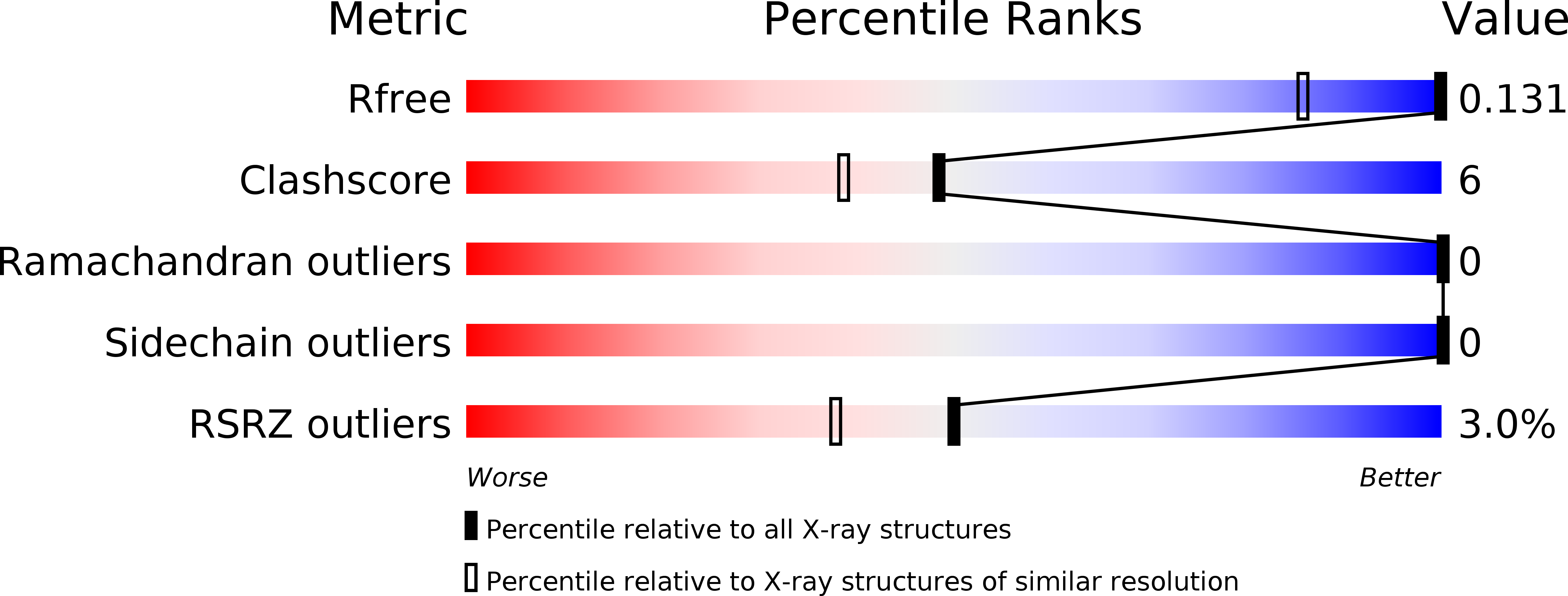
Deposition Date
2012-07-24
Release Date
2012-11-07
Last Version Date
2023-09-13
Entry Detail
PDB ID:
4G9S
Keywords:
Title:
Crystal structure of Escherichia coli PliG in complex with Atlantic salmon g-type lysozyme
Biological Source:
Source Organism:
Salmo salar (Taxon ID: 8030)
Escherichia coli (Taxon ID: 562)
Escherichia coli (Taxon ID: 562)
Host Organism:
Method Details:
Experimental Method:
Resolution:
0.95 Å
R-Value Free:
0.13
R-Value Work:
0.12
R-Value Observed:
0.12
Space Group:
P 65


